Molluscum
At Cumberland Skin, our expert team is well-versed in molluscum contagiosum management, commonly addressing the face, neck, arms, and genital areas. If you're dealing with these characteristic lesions, our trusted Cumberland Skin providers offer specialized care and advanced treatments to effectively address and eliminate molluscum contagiosum. Schedule an appointment with a Cumberland Skin expert for a thorough evaluation and tailored treatment plan to prevent further spread and restore skin health.
Examples of Molluscum
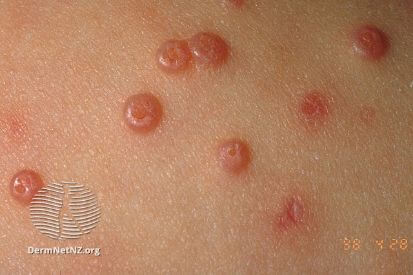
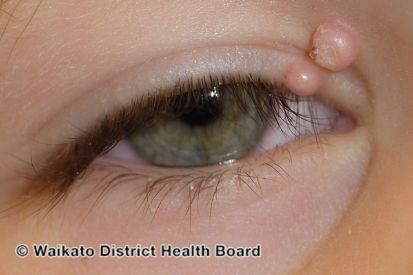
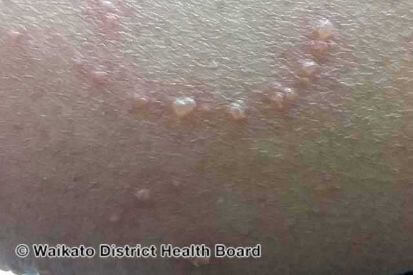
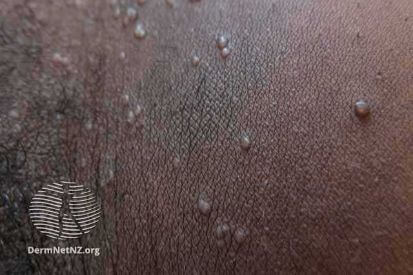
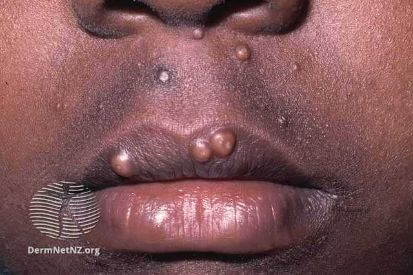
What are the Symptoms of Molluscum?
- Appearance: Smooth, pearly, flesh-colored skin growths.
- Initiation: Begin as small bumps, potentially growing as large as a pencil eraser.
- Central Pit: Many lesions feature a central pit housing the virus bodies.
- Itching: Molluscum is typically accompanied by itching.
- Skin Infection: Surrounding skin may become infected due to the growths.
- Duration: Bumps can persist for two weeks to one and a half years.
- Self-Resolution: Lesions may resolve spontaneously.
Causes of Molluscum
- Molluscum contagiosum virus (MCV).
- This viral skin infection primarily affects humans, leading to the formation of characteristic skin lesions.
- Transmission occurs through direct skin-to-skin contact with an infected person.
- Contact with contaminated objects such as towels or toys.
How to Prevent Molluscum
- Hand Hygiene: Regular handwashing with soap and water can help reduce the risk of spreading and contracting the virus.
- Avoiding Direct Contact: Minimize skin-to-skin contact, especially with individuals who have active molluscum lesions. This is particularly important in communal settings such as schools and sports facilities.
- Personal Items: Refrain from sharing personal items like towels, clothing, and toys, which could potentially carry the virus from one person to another.
- Avoid Scratching: Discourage excessive scratching of existing lesions, as this can rupture the lesions and facilitate the virus's spread.
- Environmental Cleanliness: Maintain cleanliness in shared spaces, including sports equipment, gym facilities, and communal bathing areas.
Molluscum FAQs
Your dermatologist can usually identify molluscum contagiosum by looking at the characteristic bumps. In some cases, they might take a tiny sample for a closer look. It's a quick and straightforward process to confirm the diagnosis.
It's best to consult your dermatologist for personalized advice. Over-the-counter products might not be the best solution, and your dermatologist can recommend the most effective and safe treatments for your specific situation.
Yes, they can. Molluscum bumps are contagious and may spread to other areas of your skin if you scratch or touch them. To avoid spreading, try not to pick at them and wash your hands regularly.
In most cases, individuals with molluscum can continue with their regular activities, including attending school or work. However, it's crucial to avoid sharing personal items and practice good hygiene to prevent spreading the virus to others.
In many cases, molluscum lesions do not leave permanent scars. However, scratching or picking at the bumps can increase the risk of scarring. Dermatologists can provide advice on minimizing scarring and promoting healthy skin during and after the infection.
How to Treat Molluscum
- Cantharone, a blistering agent made from beetles, is applied with a wooden applicator to the skin growth. The medicine should be washed off in 4 to 6 hours. A small blister usually forms in a few hours to one day. When the scab falls off, the growth is gone. The application of this treatment is not painful; it is used on the face and in skin creases. Scarring does not occur from Cantharone treatment. Although blisters are uncomfortable, they are very superficial and resolve within a few days.
- Freezing with liquid nitrogen is another form of treatment. Liquid nitrogen is applied with a cotton-tipped applicator, feels hot for a moment, and then may form a blister or irritation at the site.
- Another way to remove molluscum is by scraping the bump or removing the center, a treatment that is performed after numbing the area with a special cream.
Related Blog Posts
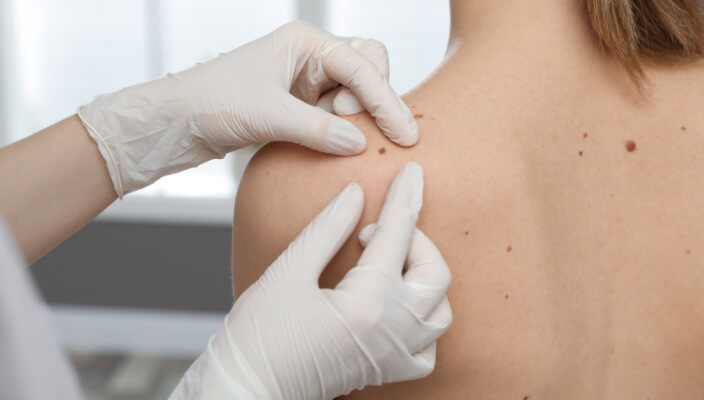
- General Dermatology
- Skin Exams
Preparing for your first dermatology appointment is important because it ensures everything goes as smoothly as possible and that your doctor is up-to-date on the status of your overall health and wellbeing. Here are our expert tips.
Read More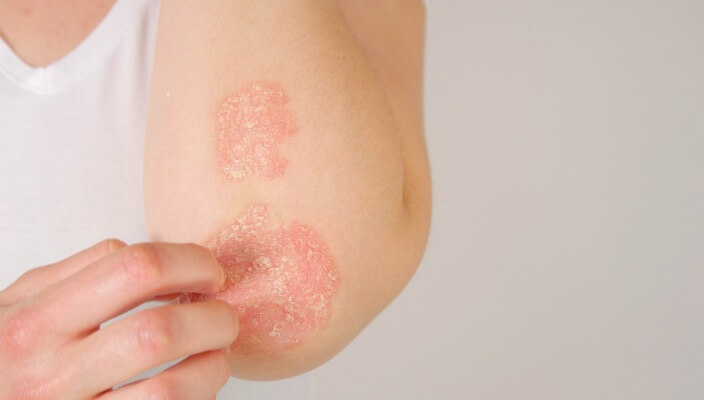
- General Dermatology
- Chronic Skin Conditions
Learn the differences between dry skin, eczema, and psoriasis, their distinct characteristics, and potential triggers. Gain valuable insights into identifying symptoms and seeking appropriate treatment to effectively managing these common skin conditions.
Read More
- Skin Care
- Cosmetic Treatments
Unlock the secrets to achieving radiant, glowing skin. Explore expert tips and skincare routines tailored to nourish and revitalize your complexion, empowering you to embrace a luminous and youthful appearance.
Read MoreFeatured Products
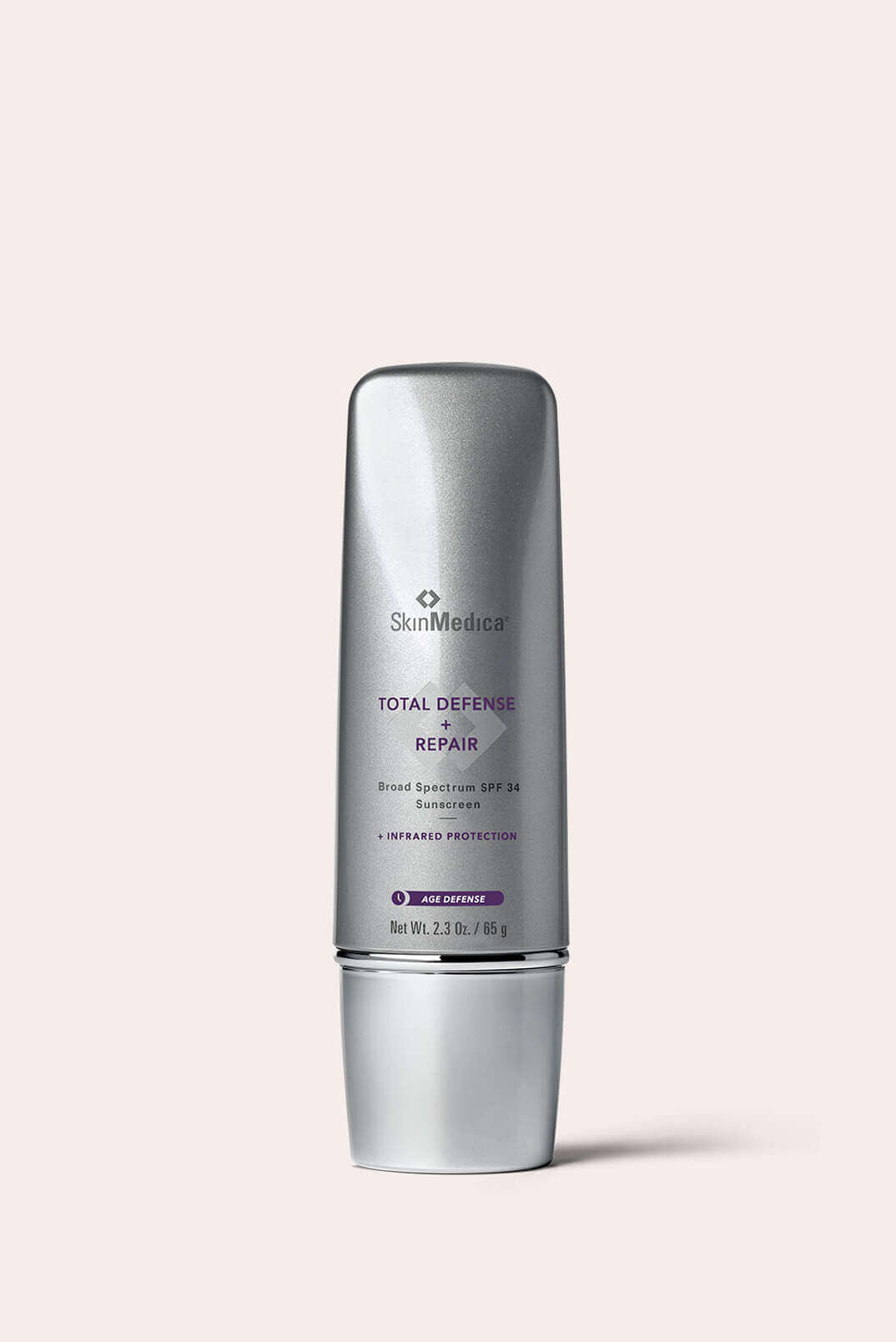
SkinMedica Total Defense & Repair Broad Spectrum Sunscreen
Revolutionary non-tinted superscreen goes beyond UV protection to defend against harmful infrared rays while supporting the skin’s ability to restore itself. Appropriate for all skin types. 65 g / 2.3 oz
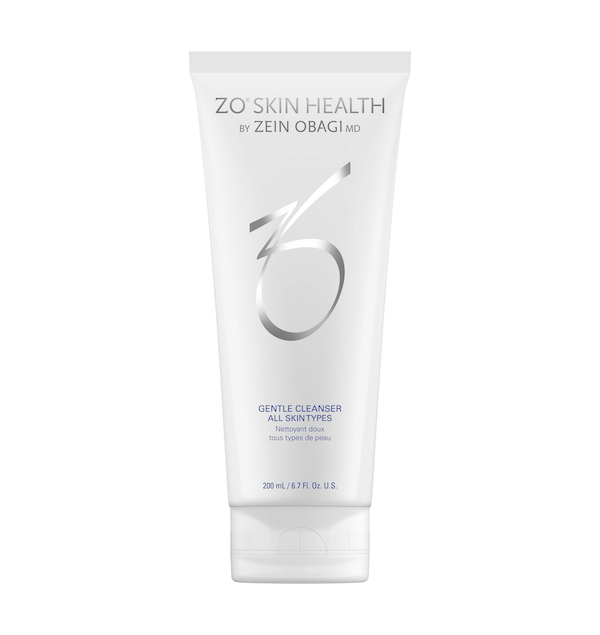
ZO® Gentle Cleanser All Skin Types
Cleanses impurities for refreshed-feeling skin. 200 mL / 6.7 Fl. OZ


